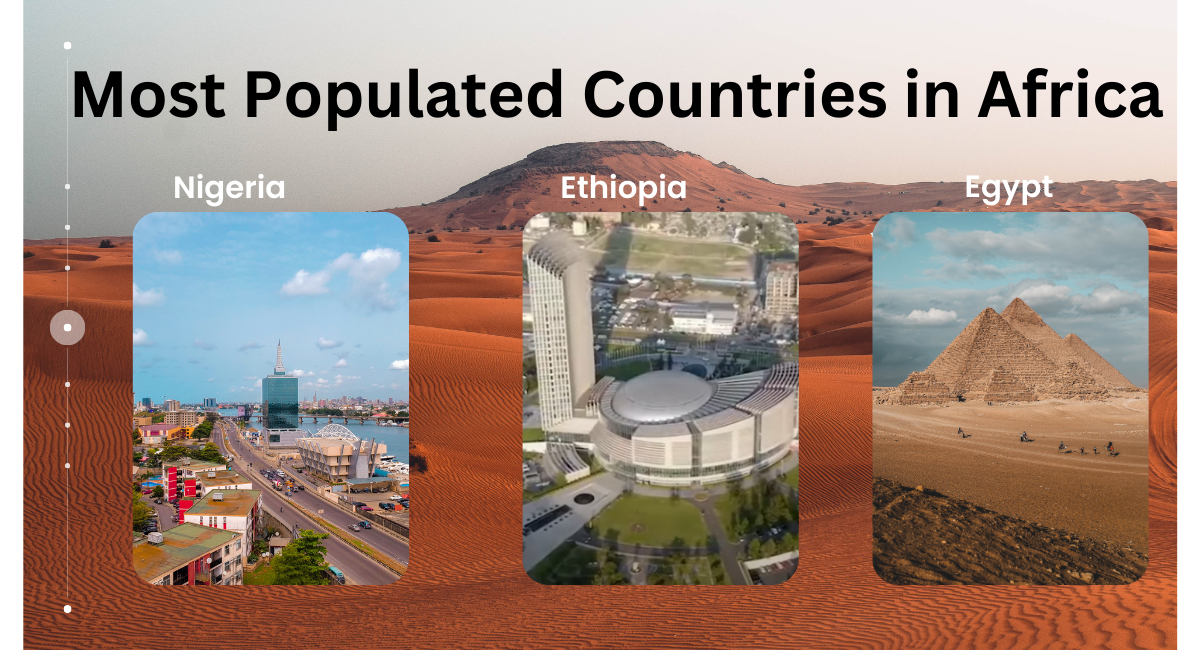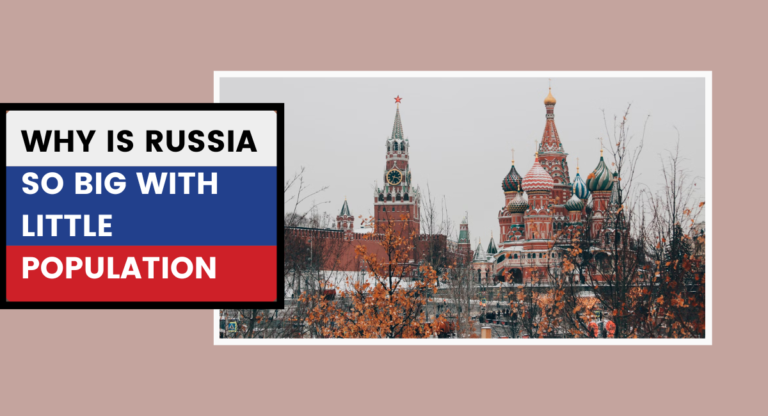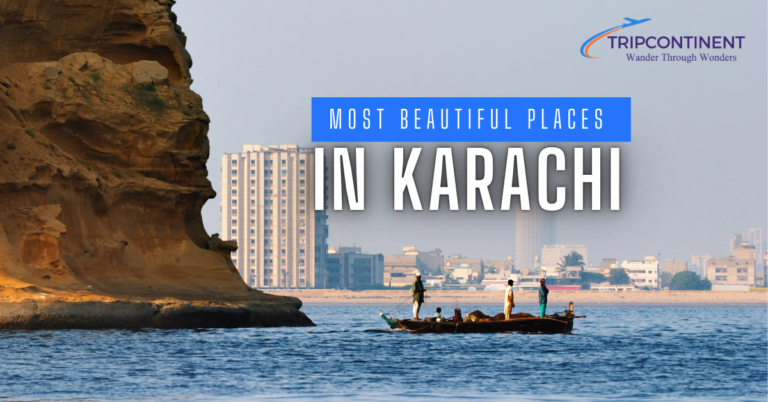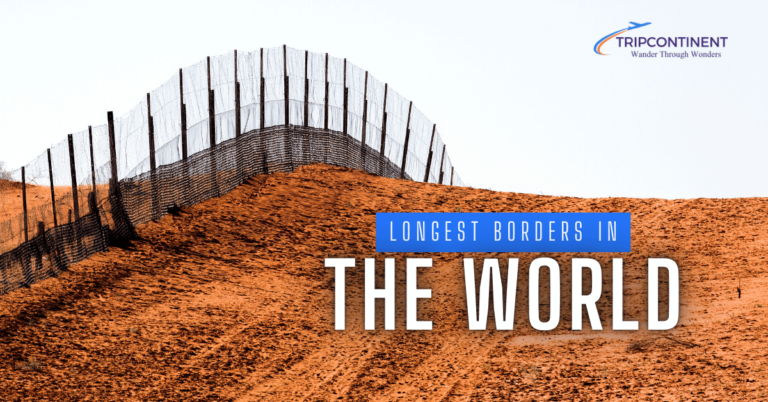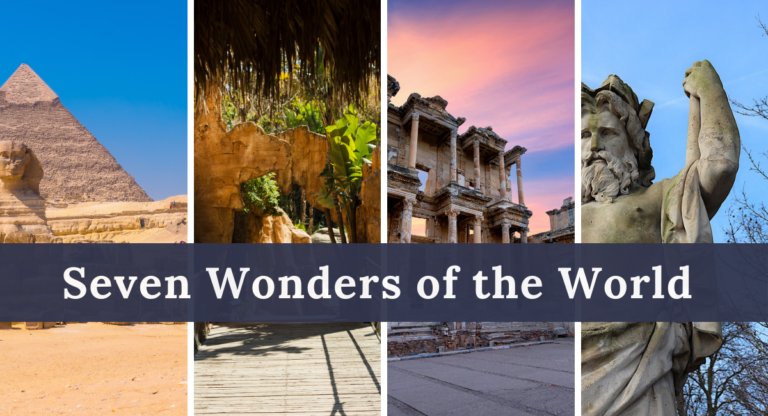Which Are the Most Populated Countries in Africa in 2024?
Africa, a home to 54 countries, is the world’s second-largest continent. It spans over 30 million km2, holding approximately 1.4 billion people. According to the statistics of the United Nations, Africa’s population will reach over 2.5 billion people by 2050. This continent stands out among the world’s youngest continents, with a large share of 60% being under the age of 25.
The continent has two independent states with limited or no recognition and several territories, controlled by non-African countries. In this blog, we’ll find out the top-ranked countries in Africa, factors contributing to increased population growth, challenges for sustainability, and the forecast of the most populated countries by 2050.
Factors Contributing to Increased Population
Following are the factors, affecting the increased population growth of Africa.
- Increased Female Fertility Rates
- High Birth Rates
- Low Death Ratio
- Less Contraceptive Method Usage.
Based on these factors, we’ll map out the top most populated countries in Africa.
Top 12 Most Populated Countries in Africa
According to the 2023-2024 statistics, here’s the list of the most populated countries in Africa. Let’s have a deeper understanding of these top-ranked countries, known for increased population size.
- Nigeria
- Ethiopia
- Egypt
- DR Congo
- Tanzania
- South Africa
- Kenya
- Sudan
- Algeria
- Morocco
- Angola
- Mozambique
1. Nigeria
Nigeria is a country in West Africa, located between the Sahel to the north and the Gulf of Guinea to the south in the Atlantic Ocean. The country witnessed significant growth in the total population in 2024 when compared to the previous years.
With the current population rate of 228,460,187, Nigeria is the most populous country in Africa. According to 2023 statistics, the population was estimated at approximately 223, 804, 632 at the mid-year. Nigeria covers 910,770 Km2, where the population density is 246 per Km2.
The Nigerian population is equivalent to 2.78% of the world’s total population. With 53.9% of the urban population, Nigeria ranks 6 among the world’s most populous countries. The median age is 17.2 years in the country. The increased growth is due to early marriages, high birth rates, and lack of access to family planning clinics. The Nigerian Government has started to take steps towards controlling the country’s growth rate. People who’re looking for larger families have been discouraged now. The government is banking on smaller families for securing future financial salvation.
Read More: Which are the Safest Countries in the World
2. Ethiopia
Ethiopia, a landlocked country, is located in the Horn of Africa region of East Africa. It is the second-ranked populous country in the continent, covering a land area of 1,000,000 Km2. Unlike Nigeria, more than three-quarters of 127 million Ethiopian people live in rural communities. The overall population of Ethiopia is equivalent to 1.57% of the total world population.
The latest statistics have recorded Ethiopia’s population as 129,306,346 people currently. At the mid-year of 2023, the estimated population was 126,527,060. Ethiopia set its position 11 among the world’s most populous countries. The median age is 19 years in Ethiopia. With a growth rate of 3.02% per year, Ethiopia may probably hit 210 million people by 2060.
3. Egypt
Egypt is the third-most populated country after Ethiopia. It is a transactional country, spanning the northwest corner of Africa and the Sinai Peninsula in the southwest corner of Asia. Egypt is the 14th most populated country in the world, and the third-most populous in Africa. The reason for its increased population growth is the fertility rate of 2.1 births per woman.
According to 2024 statistics, the current population of Egypt is 114,256,317. The country’s population is equivalent to 1.4% of the total world’s population. Based on the 2023 report, an estimated Egypt’s population was 112,716,598. Over the total population, approximately 41% people have moved to the urban areas. Egypt has a relatively young population with the median age of 24 years.
4. DR Congo
The Democratic Republic of the Congo is located in Central Africa, holding 105,187,749 people currently. This country covers a land area of 2,267,050 Km2. Under the 2023 analysis, the population of DR Congo was recorded as 102,262,808 at the mid-year. The overall population of DR Congo is equivalent to 1.29% of the total world population.
Approximately DR Congo holds 45.5% urban population. The median age is 15 years in the DR Congo.
With a population density of 117 people per mi2, this African country ranks 15th among the world’s most populous countries. DR Congo seems to be a destination for many immigrants, refugees and asylum seekers. The country’s current growth rate is 3.27%, which is expected to slow but not significantly. With the birth rate of 6.2 per woman, DR Congo has the highest fertility rate globally. According to present population projection, the country is predicted to hit 200 million by the year of 2050.
5. Tanzania
Located in East Africa, Tanzania is the fifth most populous country in Africa. While covering a total land area of 885,800 Km2, Tanzania contains 69,161,828 people currently. In 2023, the total estimated population of Tanzania was 67,438,106. Tanzania ranks 22 among the world’s most populous countries. Increased fertility rate is one of the reasons for a country’s high population growth. In Tanzania, the fertility rate is 4.9 births per woman and a birth rate of 36 per 1,000 people.
Approximately, this country holds 38% of the urban population. The country’s median age is 17 years. The overall population of Tanzania is equivalent to 0.84% of the total world population. The country’s high growth rate leads to poverty and income inequality.
6. South Africa
South Africa, a southernmost country, covers a land area of 1,213,090 Km2. The total population is 60,942,240, according to 2024 statistics. After Tanzania, it is considered the most populous country in Africa. The estimated population of South Africa was 60,414,495 at the mid-year of 2023. According to current projections, the country’s population will continue to grow until 2082. The main reasons for its increased population are high birth rates of 19.95 per 1,000 people and low deaths rate,which is 9.3 per 1,000 people. Moreover, the South African Migration Project has claimed that this African country is more opposed to immigrants than any other country.
Its population is equivalent to 0.75% of the total world population. The median age is 27 years in South Africa. The continent ranks 24 among the world’s most populous countries.
7. Kenya
Kenya, a country in East Africa, is one of the most populous regions in Africa. The population density of Kenya is 251 people per mi2. The country’s population has increased two times over the past 20 years. With the total population size of 56,060,553 people in 2024, Kenya ranks 26 among the world’s most populous countries. According to the 2023 statistics, the population was estimated at 55,100,586 in Kenya.
An estimated Kenya’s urban population is 30.7%. The median age is 19 years. The country’s population is equivalent to 0.68% of the total world’s population. The main reason for increased population growth of Kenya is high fertility rate in women and increased life expectancy. According to Kenya population projections, the current rate of change of 2.52% is predicted to drop to 2.20% by 2030.
Read More: 10 Most Rich States in the USA
8. Sudan
Sudan is a country in Northeast Africa, covering an area of approximately 1,765,048 Km2. The total population size of Sudan is currently 49,196,412 people. However, the estimated population was 48,109,006, under the 2023 statistics. The country’s quick growing rate is 2.42% per year.
Sudan’s overall population is equivalent to 0.6% of the total world population. The urban population is 35% in Sudan. This African country ranks as 31 among the world’s most populous countries. The median age is 18 years in Sudan. Under the current population projections, this country is predicted to reach 100 million by the end of 2064. Sudan’s increased population is putting strains on social services such as education, health and employment.
9. Algeria
Algeria is an African country in the Maghreb region of North Africa, bordered to the northeast by Tunisia. It covers a land area of 2,381,741 square kilometers. Based on the Worldometer elaboration of the latest United Nation data, the country’s total population is 46,241,799 which makes it ranked among the most populous African countries. According to 2023 statistics, the population of Algeria was 45,606,480.
With the estimated population density of 19 per Km2. Algeria has maintained its position as 34 in the list of countries and dependencies by population. This African country is currently growing at a steady pace. The growing rate of Algeria is 1.85% annually. Out of the total population, around 75% is urban. In Algeria, the median age is 28 years. The government aims to reduce the fertility rate from 3.05 births per woman to 2.1 births per woman. The country’s population is equivalent to 0.57% of the world’s total population.
10. Morocco
Morocco lies in the Maghreb region of North Africa. It has land borders with Algeria to the east and the disputed territory of Western Sahara to the South. The country’s official religion is islam, whereas the official languages are Berber and Arabic. While covering the land area of 446,300 Km2, the estimated total population of Morocco is 38,191,111 which is less than above mentioned 9 countries but greater than the rest of other african countries. It ranks 39 among the most populous countries. The country’s population density is 85 per Km2. As of 2023 statistics, the recorded population of Morocco was 37,840,044.
The urban population rate is 66% in Morocco. The median age of people is 29 years. From the past 50 years, the country’s population has increased 180% and is still increasing day by day. The reason is the high fertility rate of 2.42 births per woman. The government is taking steps towards a population replacement rate of 2.1 births per woman, aiming to allow people to grow well in the future. The population of Morocco is equivalent to 0.47% of the world’s total population. However, the negative net migration of 50,000 people annually has slightly slowed the country’s population growth.
11. Angola
Angola is the country on the west-central coast of Southern Africa, bordered by Namibia to the South, Congo to the North, Atlantic Ocean to the west and Zambia to the east. It covers a land area of 1,246,700 Km2. Based on the Worldometer elaboration of the latest United Nation data, an estimated total population of Angola is 37,742,764 which is lower than Morocco’s current population. Angola’s population has been increasing rapidly with the growing rate of 3.0% since 1975. The estimated population of Angola was 36,684,202 in the year of 2023.
The country’s population is equivalent to 0.46% of the total world’s population. Angola has maintained 42 ranking in the list of most populous countries worldwide. The population density is 29 per Km2. The main reason for the increased population is the high fertility rate of 5.55 births per woman. This fertility rate is considered as one of the highest in the world that leads to the country’s rapid population growth. About 67% of the total population is urban. This African country has a very young population with the median age of 16 years. With its current growth rate, it has been predicted that the population will surpass 50 million people in 2034, 100 million people by 2063 and 183 million people 2098.
12. Mozambique
Mozambique is located in southeast Africa. The country is bordered by Malawi to the southwest, Zambia to the northwest, Tanzania to the north, Indian ocean to the east, Zimbabwe to the west, Eswatini and South Africa to the southwest. The country spreads over a land area of 786,380 Km2. Worldometer elaboration of the latest United Nation data has recorded the current population of Mozambique as 34,805,713 in 2024. The reason is increased fertility rate, which is 4.89 births per woman due to early pregnancies and less awareness of contraceptive methods. Under the statistics of 2023, the recorded population of Mozambique was 33,897,354.
The country’s population is equivalent to 0.42% of the world’s total population. Mozambique ranks as the 42 among the most populous countries globally. The population density of Mozambique is 43 per Km2. Over the total country’s population, an estimated 40% of the population is urban. The recorded median age in Mozambique is 17 years. The current projections have predicted, the country’s population will surpass 100 million in 2079 and 122 million by the end of the century. Due to increased population growth, the country is suffering from various challenges including financial instability, less employment opportunities and a low quality education system. The government is taking steps to control its tremendously increasing growth rate and ensure a well-maintained living system.
| Rank | Countries | Population (2024) | Population (2023) |
| 1 | Nigeria | 228,460,187 | 223, 804, 632 |
| 2 | Ethiopia | 129,306,346 | 126,527,060 |
| 3 | Egypt | 114,256,317 | 112,716,598 |
| 4 | DR Congo | 105,187,749 | 102,262,808 |
| 5 | Tanzania | 69,161,828 | 67,438,106 |
| 6 | South Africa | 60,942,240 | 60,414,495 |
| 7 | Kenya | 56,060,553 | 55,100,586 |
| 8 | Sudan | 49,196,412 | 48,109,006 |
| 9 | Algeria | 46,241,799 | 45,606,480 |
| 10 | Morocco | 38,211,459 | 37,840,044 |
| 11 | Angola | 37,742,764 | 36,684,202 |
| 12 | Mozambique | 34,805,713 | 33,897,354 |
Conclusion
Africa is the fastest-growing continent, containing 54 countries. It is ranked as the world’s second-largest and second-most-populous continent after Asia. Certain factors such as high female fertility and birth rates, low death rates and less use of contraceptive methods lead to increased population growth in Africa.
From Nigeria to Tanzania and Sudan, these eight high-ranked countries are listed among the most populated countries across the globe. Due to increased population growth, stability maintenance becomes harder in the continent. However, the forecast for South Africa revealed that the population will increase by approximately 90% by 2050.
FAQ’s
What are the major characteristics of the African population?
Rapid population, increased life expectancy, low median age, and high birth rates are the major characteristics of Africa’s population.
What are the causes of overpopulation in Africa?
The main contribution to the rapid growth of Africa’s population is the “decline in infant mortality rates.”
What region of Africa would you say is the most populated?
The most populated regions of Africa are:
- Eastern Africa
- Western Africa
- Northern Africa
- Middle Africa

I’m Sophia Jones, an adventurer at heart from New York City, USA. I live for travel and exploration, always eager to discover new places, meet fascinating people, and try out diverse cuisines. Over the past few years, I’ve traveled to numerous countries, immersing myself in different cultures and creating unforgettable memories.
